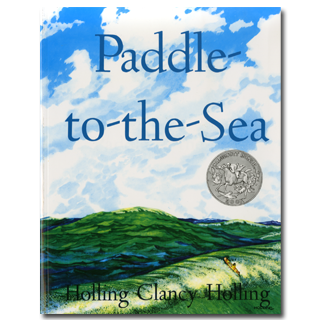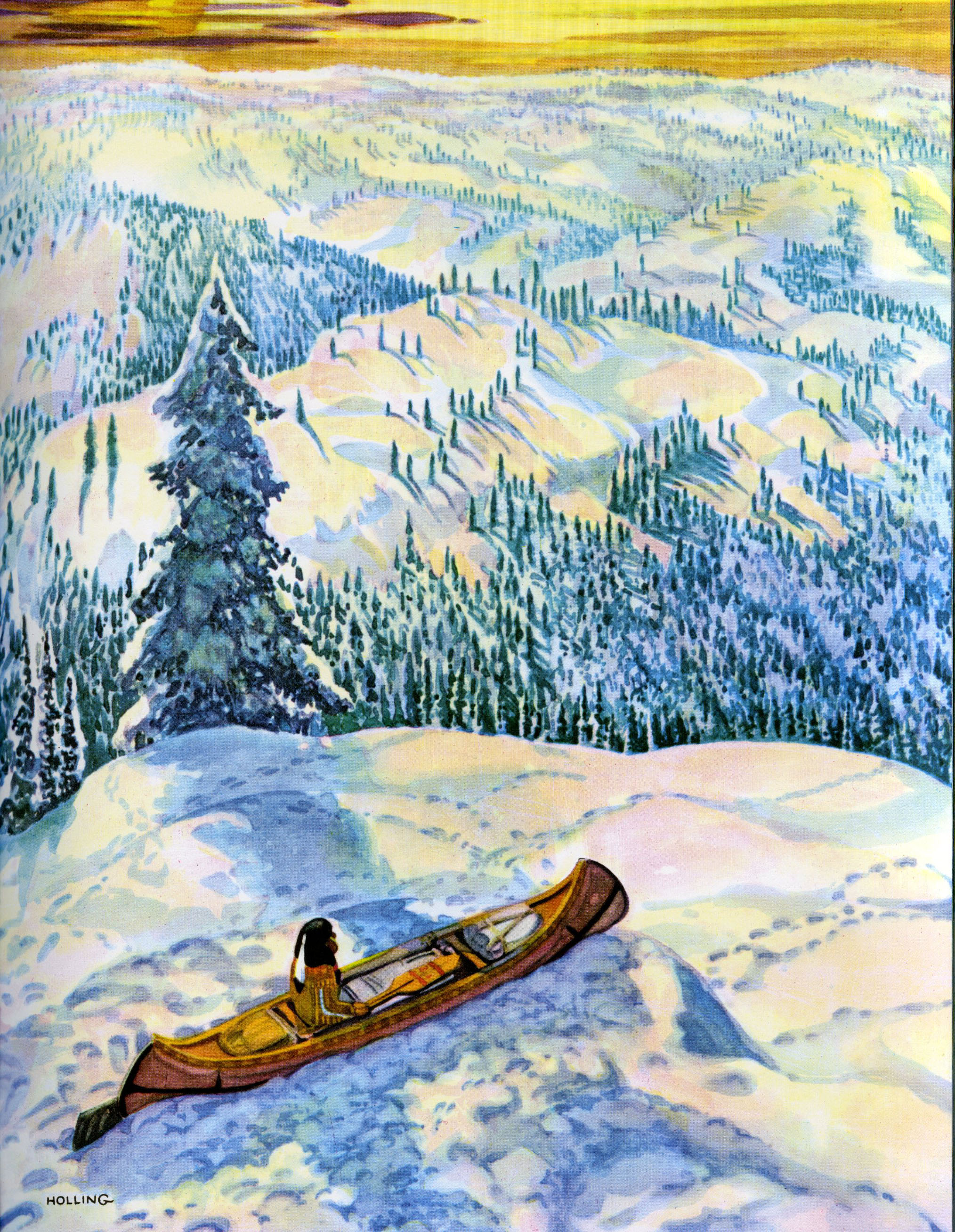
A FEW OTHER EVENTS FOR
AUGUST 2:
- Happy birthday James Howe (Bunnicula series, Brontorina).
- It’s the birth date James Baldwin (1924-1987), Go Tell It on the Mountain, Notes of a Native Son.
- In 1610 Henry Hudson sailed into what is now known as Hudson Bay and mistakes it for the Northwest Passage entry for Pacific Ocean. Read Beyond the Sea of Ice: The Voyages of Henry Hudson by Joan Elizabeth Goodman, maps by Bette Duke.
- Happy birthday to the United States Census, first held in 1790. Read Tricking the Tallyman by Jacqueline Davies, illustrated by S. D. Schindler.
- In 1870, the first underground tube railway opens in London. Read The London Underground by Elaine Pascoe and Underground by David Macaulay.
- Scientists Albert Einstein and Leo Szilard write to U.S. President Roosevelt asking to start the Manhattan project on this day in 1939. Their work will lead to the creation of the first atomic bomb. Read The Ultimate Weapon: The Race to Develop the Atomic Bomb by Edward T. Sullivan.
Today marks the birthday of one of America’s greatest author and illustrators. Holling Clancy Holling worked on developing his signature style for forty years before the release of his classic, Paddle-to-the-Sea, in 1941. For this book he drew on his years as a Michigan farm boy, a sailor on the Great Lakes, an anthropological researcher in New Mexico, and a muralist in Montana—along with his training at the Chicago’s Art Institute and Field Museum of Natural History. Holling camped on Native American reservations and attended tribal ceremonies.
In Paddle-to-the-Sea, Holling brought all of his interests together to tell the story of a Native American boy who launches a tiny carved Indian in a canoe as the snows melt on Lake Superior. Bearing the inscription, “Please put me back in the water,” this canoe makes its way through the Great Lakes and down the St. Lawrence River to the Atlantic. It survives the perils of fishing nets, saw mills, and Niagara Falls. Holling provided spectacular full-color art for each step of the journey; his wife, Lucille, added in detailed line drawings that helped clarify the discussions in the text.
Long before information book writers for children began to talk about creating works of narrative nonfiction, Holling demonstrated how to do it. The book is both story (often responded to by younger children) and information (pored over by older readers) in equal parts. Over the years Paddle-to-the Sea has encouraged many children and classes to launch small carved canoes, hoping that they, too, will reach the Atlantic Ocean.
Holling created several other gems in his lifetime: Seabird, about a boy who carves a seabird out of ivory; Minn of the Mississippi, an exploration of the life of a snapping turtle; and Tree in the Trail, which focuses on the Sante Fe Trail. The best teaching tool to use with Holling’s books is a set of four maps for the regions covered, printed on sturdy ivory paper, which can be secured from Beautiful Feet Books. The maps are designed so children can follow the narrative and draw their own map, learning geography, ecology, biology, and history as they do.
Whether for school or pleasure, the books of Holling Clancy Holling can be visited again and again. Holling knew how to create heartwarming stories, communicate exciting information, and deliver spectacular artwork. He set standards of excellence in nonfiction books for children—and all of us are much richer because of him.
Here’s a page from Paddle-to-the-Sea:
Â
 All this time the world was changing. The air grew warmer, the birch twigs swelled with new buds. A moose pawed the snow beside a log, uncovering green moss and arbutus like tiny stars. And then, one morning, the gray clouds drifted from the sky. The sun burst out warm and bright above the hills, and under its glare the snow blankets dropped on the fir trees. Everywhere the snow was melting. There was a steady tap-tap-tap of fat drops falling.
Â
Â
Originally posted August 2, 2011. Updated for 2024.














I loved this book as a kid! In particular, it gives such an incredible sense of the expanse of this continent. And, of course, the ending, as I recall it, is a tear-jerker. (Which is quite a feat, given that the protagonist is made of wood.)
I should go back and re-read it.
mta
Unfortunately, my introduction to this book wasn’t by reading. It was by seeing the film. I don’t think I understood what I was looking at, or I may have had my mind on other things since I found the film boring.
However, today’s review has me eager to read the book. The art looks wonderful. I’ll also view the film again, so I just ordered both from the library.
Tobin and Gordon: Thanks for the comments. This is a great book to read, or reread, at any time.
I love to combine old books with new technology. Are any of my Michigan readers, or those along the Mississippi River with Skype capabilies, interested in connecting with other schools for a Paddle to-the-Sea project?
My school is going 1:1 iPads this fall. I am looking for ways to communicate with kids from across the country. I would love for a school in Michigan, near where the story takes place, to do some kind of project.
I have good memories of reading this book aloud each week last summer at book buddies during our library summer reading program. “Make a Splash!” We had a large aerial photograph of the great lakes for reference. This book was wonderful and even for the children who missed a chapter, they caught up quickly and wanted to go back and read Paddle. It worked well with multiple copies for the buddies to share because the illustrations are so captivating.
“Paddle-to-the-Sea” was a favorite book of my childhood. I was no doubt intrigued by the wonderful art.
Holling C. Holling deserves to be remembered as one of the great illustrators of his day.
Thank you, Anita for a wonderful bio on an author/illustrator who really understood what makes children want to learn! The information you’ve provided (Holling working 40 years to perfect his craft, his wife co-illustrating with him!) make the books more dear than ever. Thank you! I think Holling’s philosophy of education comes through in the way in which he desires children to be fully immersed in story while learning painlessly. This is so in keeping with the paradigm espoused by Sir Ken Robinson. Kudos Anita, for keeping these treasures alive and for your continued devotion to the best in children’s books.
I enjoyed sharing this book with my children. We borrowed the audio book from the library and listened to it on long car trips around the Great Lakes area. Leona Boyd reads the story and plays the accompaniment. It’s lovely.
Rea’s comments about author and artist bio information Anita’s shares here, reminded me of something I just finished doing. I spent quite some time examining two of the sources Anita’s mentions in “100 Best Books for Children” One being “Children’s Classics (Mary Burns) published by the Horn Book Magazine, and the other being School Library’s Journal’s “One Hundred Books that Shaped the Century”
Now, understand I have great respect for the Horn Book people, as well the School Library Journal, but as an adult eager to read these treasured works because they weren’t around for me in early days, I felt little excitement from reading those two lists.
I’m assuming those lists were written more with a professional language critical eye (which I unhappily lack) than to build enthusiasm in parents. They were both fine and proper, but they wouldn’t have got me out of my chair to a store or the library.
On the other hand, Children’s Book Almanac actually gets me out the door smiling and upbeat for a new book adventure nearly every single morning it goes to e-press. The great stories behind the books she discusses here really brings the work alive with happy energy, and makes the reading experience considerably more valuable than without this knowledge.
If Anita is a gourmet chef on the side, even an amateur one, and she’s as good a cook as she is at reviewing children’s books , I’m worried for her guest. They’re gonna get fat, fat, fat, because I’m getting broke, broke, broke from buying all these wonderful books.
I have never heard of this story. It sounds like something I will like. I am going to check it out! Thank you for the suggestion! Great blog!
This book is a gem that I discovered at a souvenir several years ago when I was vacation in Michigan’s U.P. As I started paging through it, I realized that one of my favorite films as a child was based on the book. Of course, I bought my very only copy of the book followed by the purchase of the film several months later. I have read athe book to elementary students; it may take a few chapters for them to get into the story. Once they do, watch out; this is a book that they want to checkout and read on their own. After finishing the story, I share the film with them. They are amazed at how much shorter the film is than the actual book.
I’ve always loved the books by Holling Clancy Holling, and Paddle-to-the-Sea was my favorite. I think part of my love were the little sketches in the margins, like he just had so many ideas to put into the book that they just spilled over into all the white space. (Pagoo was my second favorite!)
Kelly: Thanks for explaining part of the appeal of the Holling books. Anita
Wow! I’m not sure how I missed out on this classic as a child. Just looking at the one page here, makes me want to read it. What incredible illustrations.